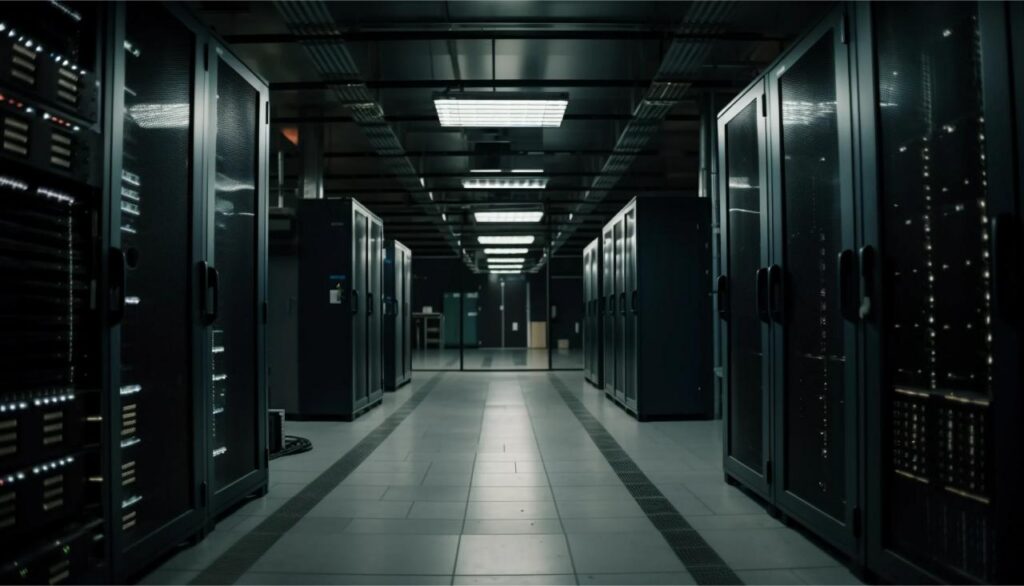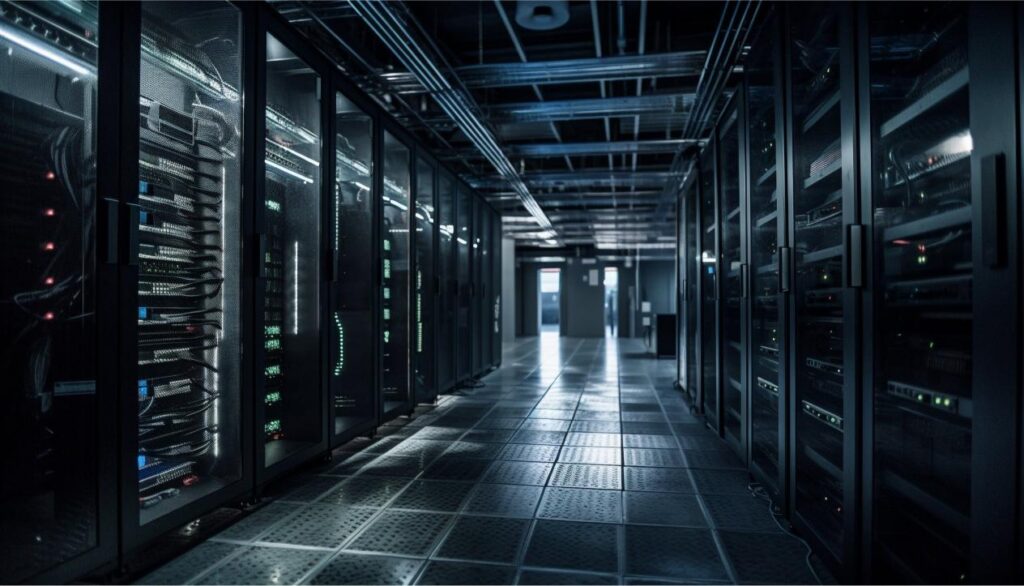Understanding the Difference
Compare our rendering technologies to find the perfect solution for your project
CPU Render Farm
High precision for complex calculations
Ideal for architectural visualization
Stable for long rendering periods
GPU Render Farm
Faster parallel processing
Perfect for real-time rendering
Efficient for large data volumes
Remote Desktop
Efficient Processing
High Performance
Reliable Service
Detailed Comparison
Choose the right rendering solution for your specific needs
When to Choose CPU
High Precision Projects
Architectural visualization, photorealistic rendering
Complex Calculations
Detailed simulations and intricate scenes
Long-term Stability
Extended rendering periods with consistent results
When to Choose GPU
Quick Turnaround
Fast rendering for time-sensitive projects
Real-time Rendering
Interactive visualization and animations
Large Data Sets
Efficient processing of complex scenes
Not Sure What to Choose?
Our experts can help you select the best rendering solution for your specific needs
Get Expert Advice

